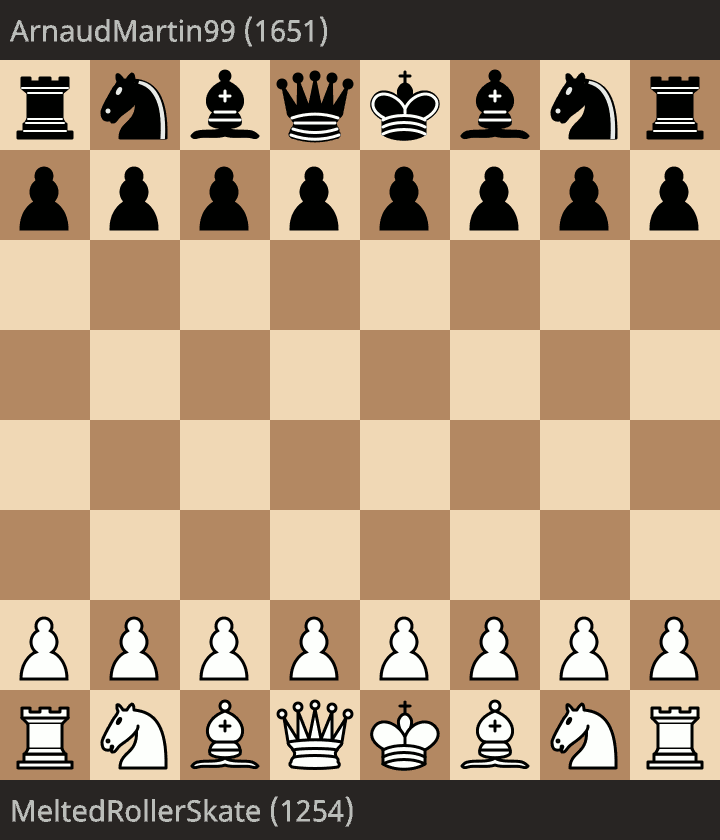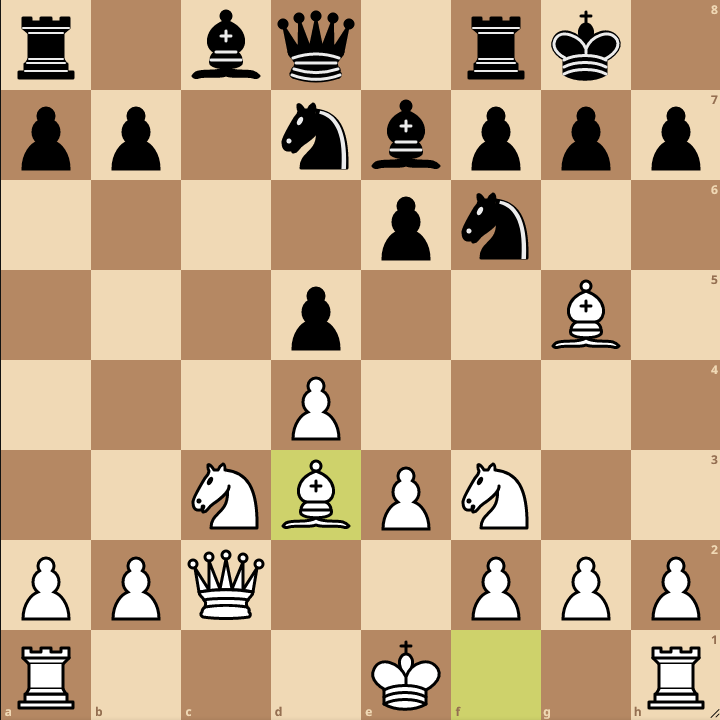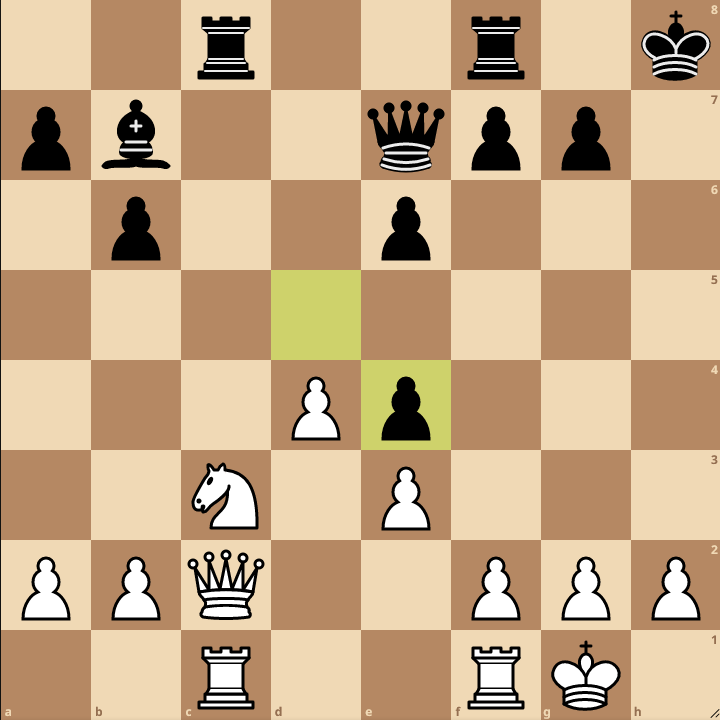I was never much of a bullet player but lately I wanted to start playing 2-0 for fun as a way to decompress from playing 10-0. It’s also nice to let the tactics and opening knowledge work their magic when they come with out calculation. I started from about 1000 recently and was working my way up to see how long it would take to reach my 1600-1700 range of my other time controls. I played a game today that was nearly perfect against 1651 bullet 1850 blitz player so I had to dive into it and figure out why it all worked out.

Bullet all comes down to tactics and previous knowledge, in this game we played into the second most popular line of the exchange slave. It’s a position I’ve been in a ton of times and didn’t have to think about at all.

It’s Black’s move in the position above, to me there is really only one move I’d play here and it’s h6 asking the bishop what’s up. The c8 bishop will most likely end up on b6 and the a rook on the c file opposite my Queen which is exactly what happens. There is pressure on h7 which is why h6 is a good idea proactively, I have a tactical sequence to remove the knight from f6 guarding h7 once the rook lands on c8.

Typically a rook opposite the Queen is ideal but in the position above Black can’t stop the knight being removed from f6 regardless of how they recapture. In the game I played 1. Nxd7 and the Queen or knight must take back, Black plays 1…Nxd7 2. Bxe7 Qxe7 3. Bxh7+. Even with the sequence of 1. Nxd7 Qxd7 then 2. Bxf6 Bxf6 3. Bxh7+ still.

The plan from here is very simple, control the c file, double the rooks and try to expand on the Queen side. Black doesn’t have any weakness at the moment so I would need to create and probe, if I am able to get a rook to the 7th rank or harass the a7 pawn that would be a start. Black makes a terrible mistake and gives themself a weakness with doubled pawns with: 1…Nf6 2. Rc1 Ne4 3. Bxe4 and Black now has doubled e pawns with a bishop on b7.

This is enough to be game winning now, the e pawn is a target, the c file is under my control and after Rd1 the center is under control as well. I go into the full review on Lichess.















